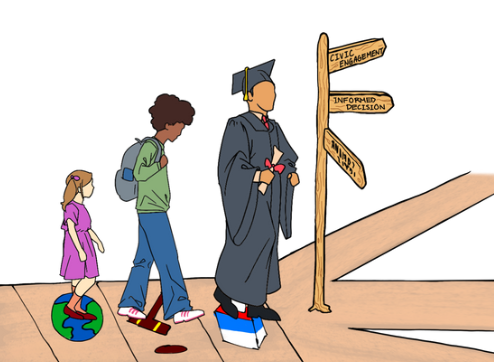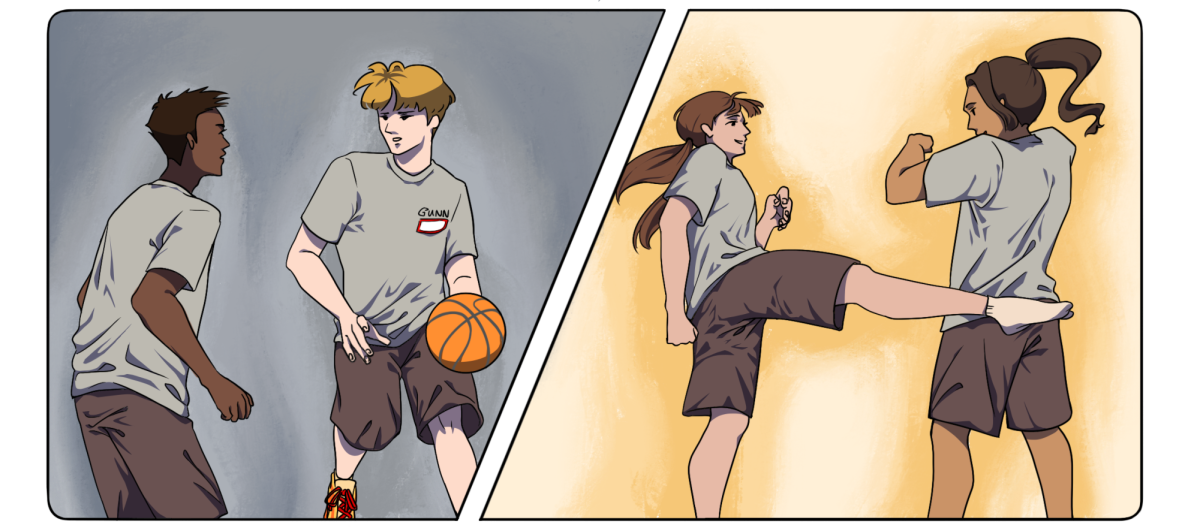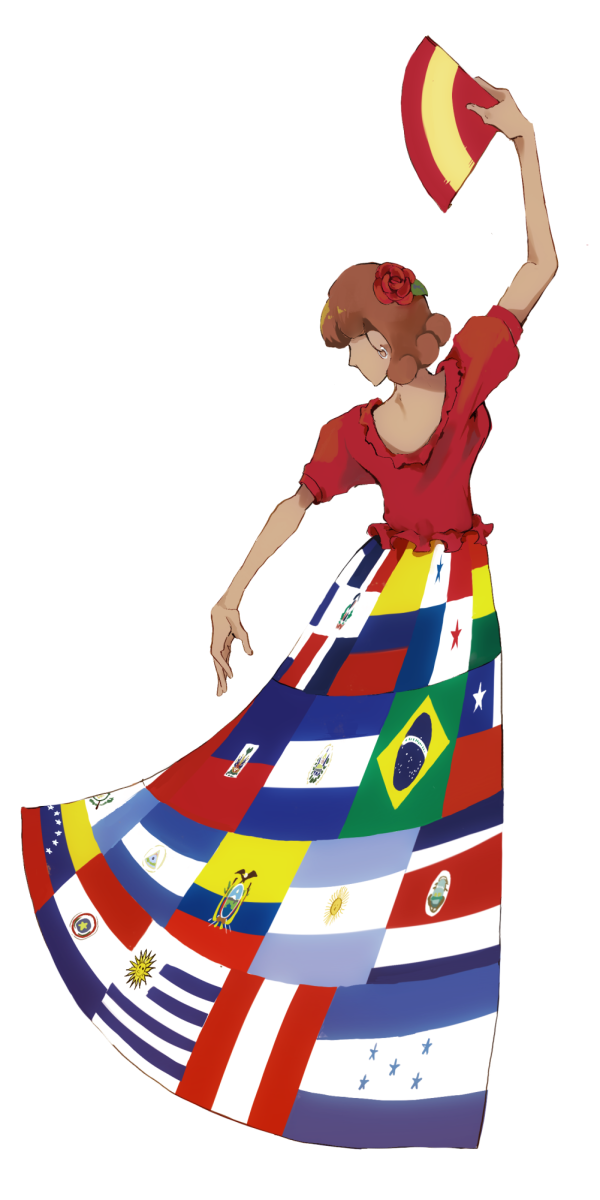From “Ghostbusters” to the upcoming “Snow White,” reboots — encompassing remakes, revamped series and franchise films — have become increasingly frequent in recent years. While reviving iconic films first gained traction in the early 2000s, the frequency and breadth of this trend have increased exponentially, illustrating an overreliance on existing stories. Instead of exploring novel concepts, studios often opt to rehash familiar narratives, relying on the allure of nostalgia to draw audiences. To produce creative, inclusive films, the film industry should explore new stories that highlight typically underrepresented groups, rather than adding more modern and diverse casts to previously profitable movies.
The industry’s reliance on reboots risks creative stagnation when original storytelling takes a backseat to reviving old content. Though certain remakes, including the “Star Trek,” “Star Wars” and Marvel franchises, have been successful in building new cinematic universes and fan bases, other films, such as “Men in Black: International” and “Ocean’s 8,” have not: They are simply telling the same story with an updated cast. Even in Marvel and “Star Wars” films, the intention to maintain accuracy and continuity in established franchises often prevents the boldness necessary for genuine innovation. The industry’s dependence on established stories is often a risk-averse strategy aimed at securing box-office success: Reboots — which capture an original film’s existing audience and have built-in marketing potential — provide a level of economic security. Originality and artistic merit are sacrificed for financial predictability, limiting the industry’s creative evolution.
Reboots have, at times, allowed for more diverse casts. However, studios’ diversity considerations are rarely entirely genuine: The industry’s willingness to embrace diversity fluctuates based on perceived profitability and acceptance by audiences, as demonstrated by Disney. One of its most recent remakes, “The Little Mermaid,” was meant to combat stereotypes and allow for younger audiences to connect with the characters they saw on their screens. Disney’s good intentions, however, are undercut by its unwillingness to pursue new narratives. Their tendency to swap people of color into white narratives can often lead to tokenism. As Disney continues its trend of recreating its princess films with women of color with its upcoming “Snow White,” its failure to explore new stories means that these reboots fail to meaningfully showcase underrepresented groups.
Even as the industry attempts to incorporate diversity, films frequently cast light-skinned actors merely to check a box rather than authentically represent the diversity inherent in TV shows’ real-life settings. Take, for instance, the original “Gossip Girl.” The four main characters and the majority of the cast are all white, failing to mirror the diversity of New York. In contrast, the recent reboot made strides by introducing a more varied cast with dynamic characters across different races, genders and sexual orientations. However, lacking sufficient representation of darker-skinned individuals, it still falls short of encapsulating the diversity of these communities. Many producers often adhere to colorist standards while striving to appear diverse, missing the mark on genuine inclusivity.
The impact that this wave of reboots has had on the film industry is multifaceted, highlighting the constant interplay between creative freedom, economic interests and societal progression in revisiting cherished stories. The future of Hollywood is quickly changing and often unpredictable: Reboots may just be a phase that dies out or a staple of works to come. Regardless, the industry’s current reliance on them precludes it from producing authentic stories centering around historically underrepresented communities.




















